University Name: Tourism and Hospitality Simulation Report Analysis
VerifiedAdded on 2020/03/16
|6
|567
|57
Report
AI Summary
This report analyzes a tourism and hospitality simulation, focusing on key performance indicators and strategic insights. The report examines the revenue, occupancy rate, and REVPAR of a hotel, highlighting trends and potential reasons behind the fluctuations. The analysis includes an assessment of the Return on Capital Employed (ROCE), providing valuable insights into the hotel's financial performance. The report also explores the impact of seasonal offers and discounts on occupancy rates. The study uses graphs to visually represent the data, making the analysis accessible and easy to understand. The report also references relevant academic sources to support its findings. The report concludes with a comprehensive overview of the hotel's performance and strategic recommendations.
1 out of 6
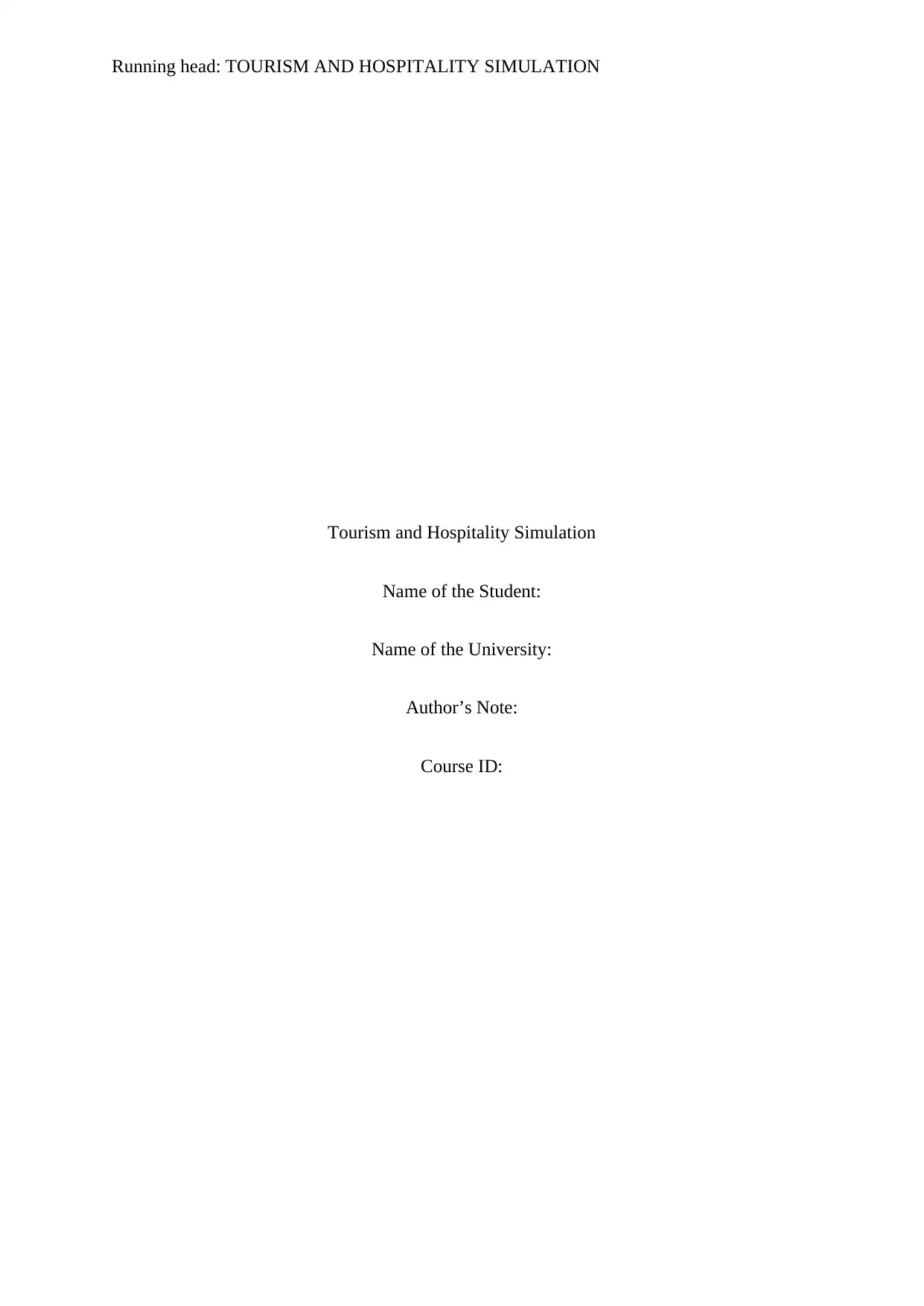
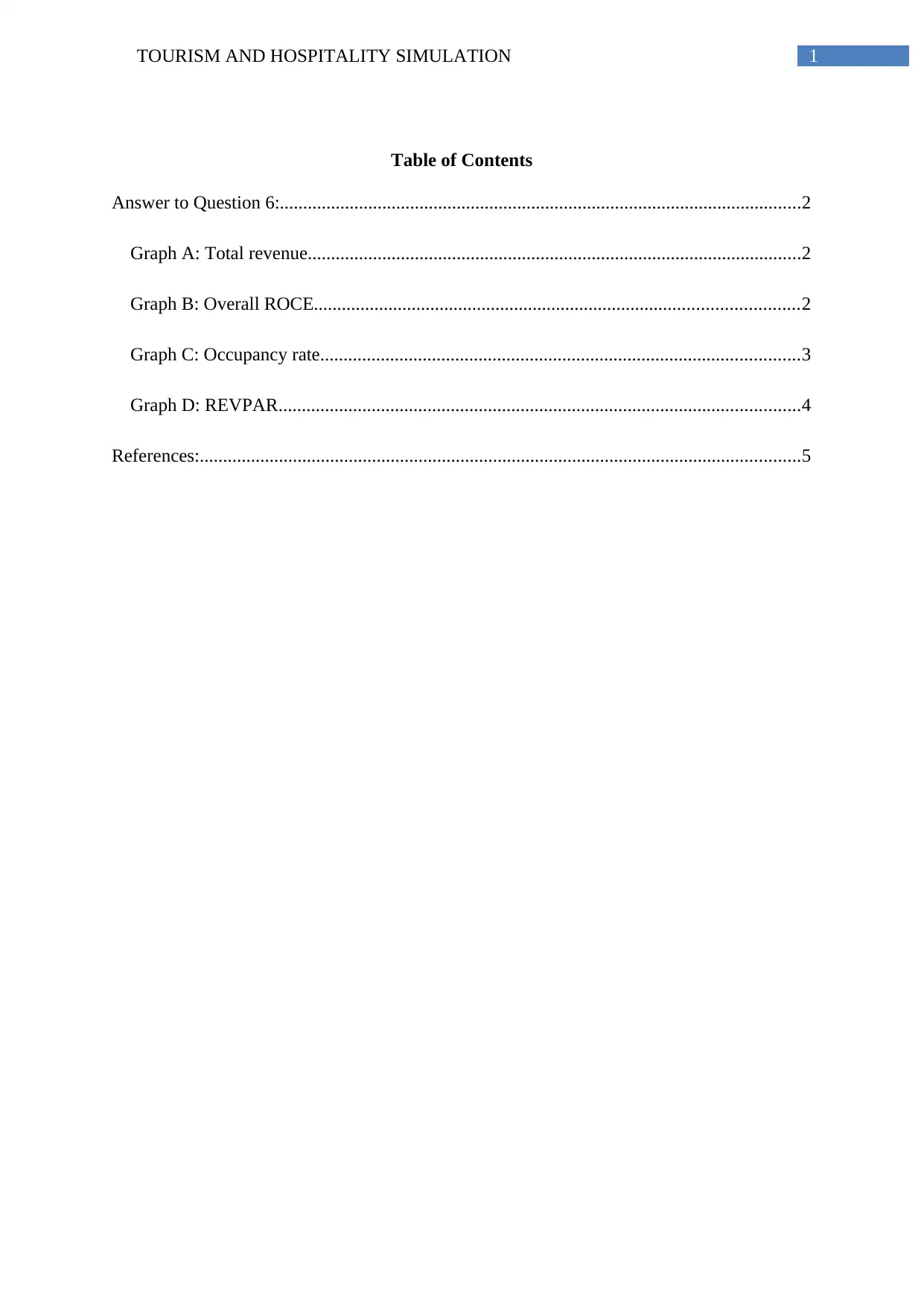
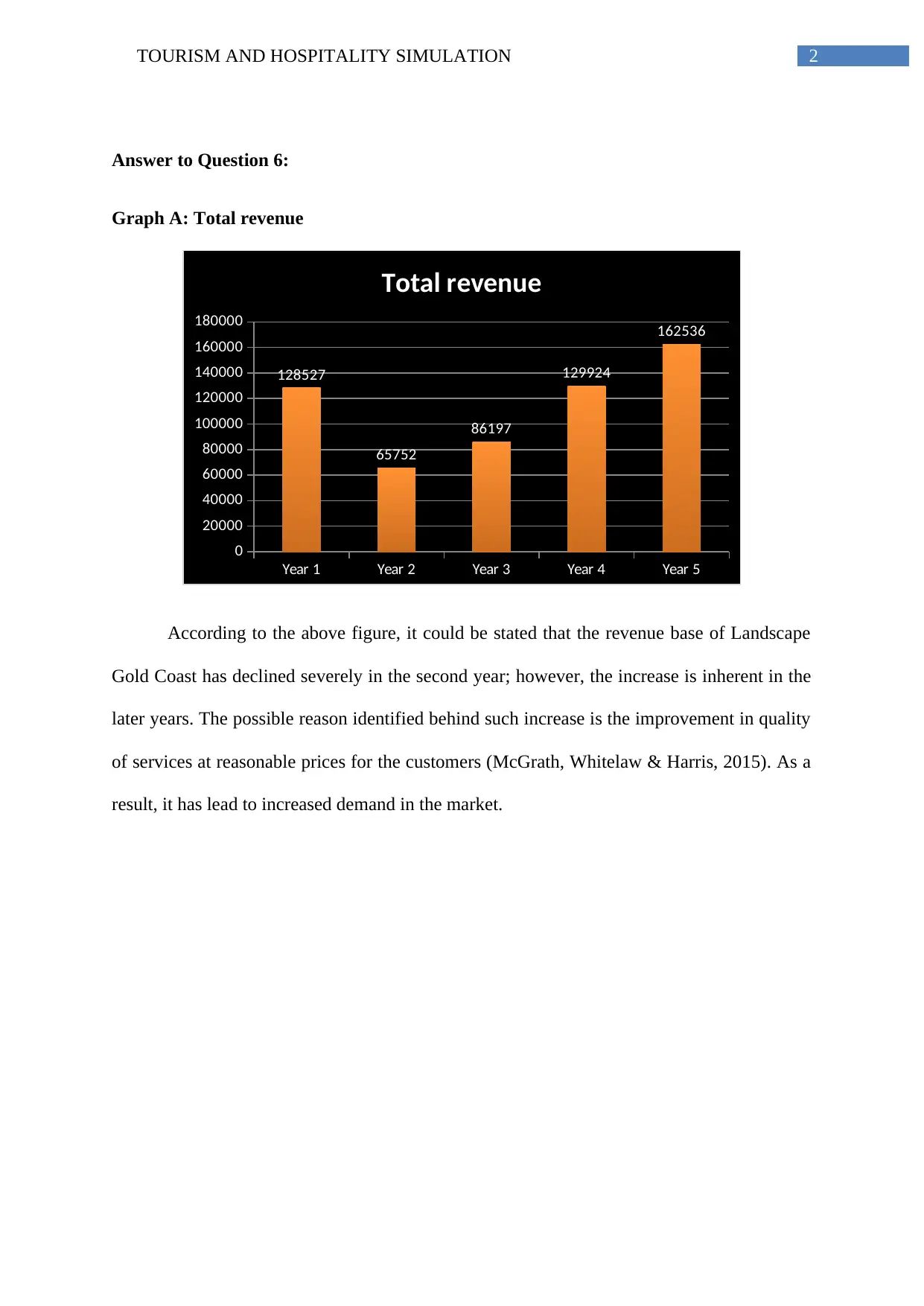

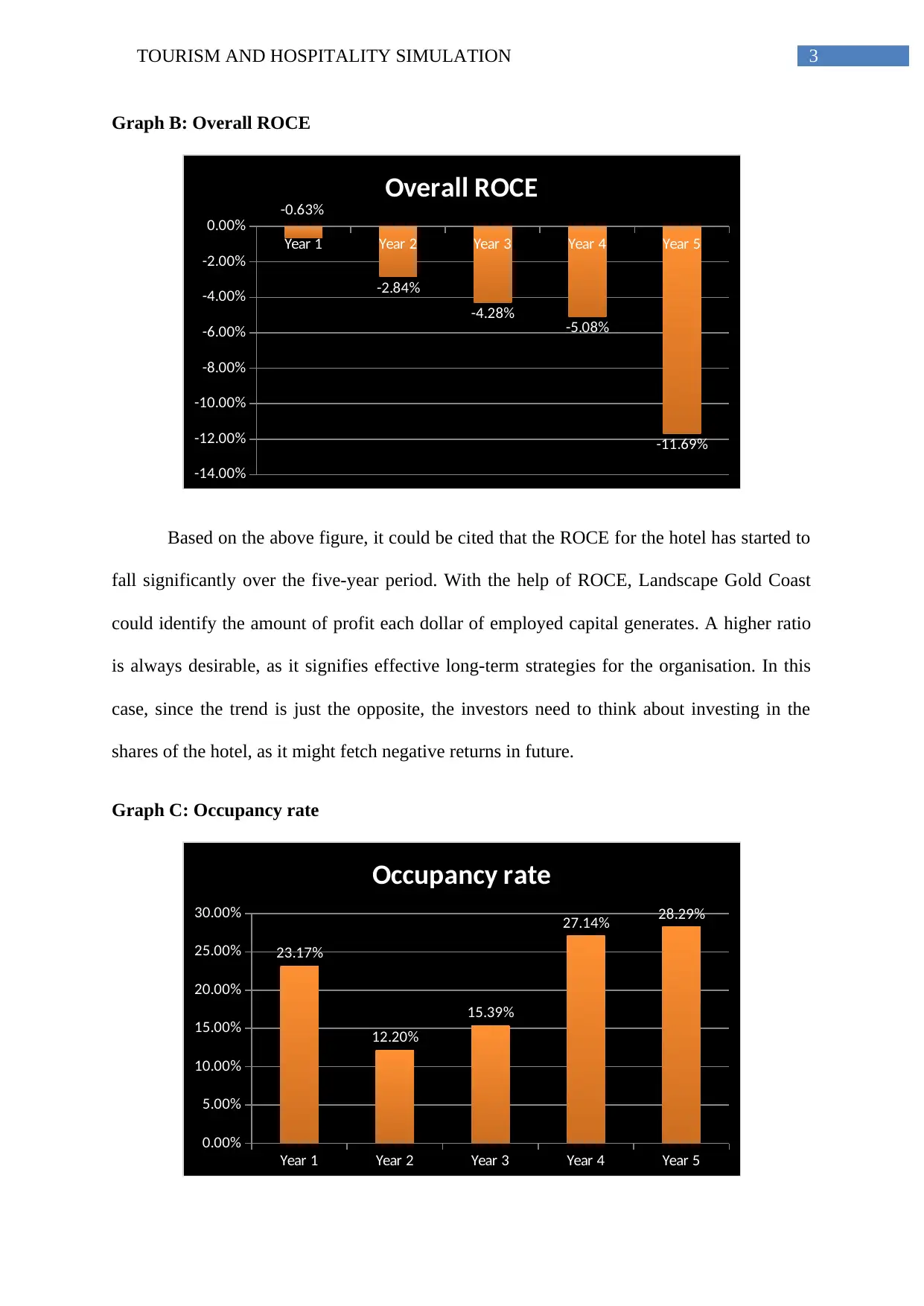
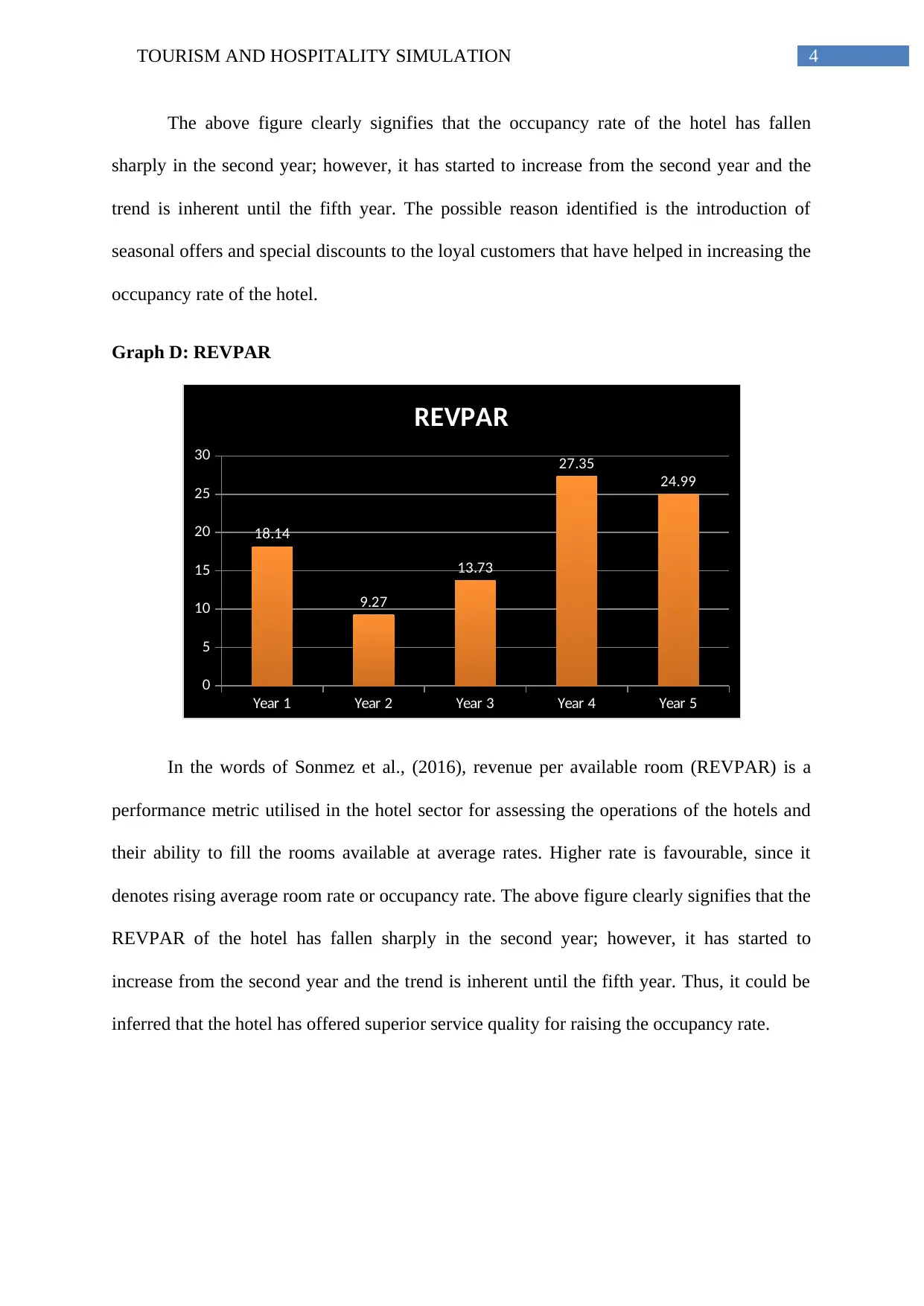
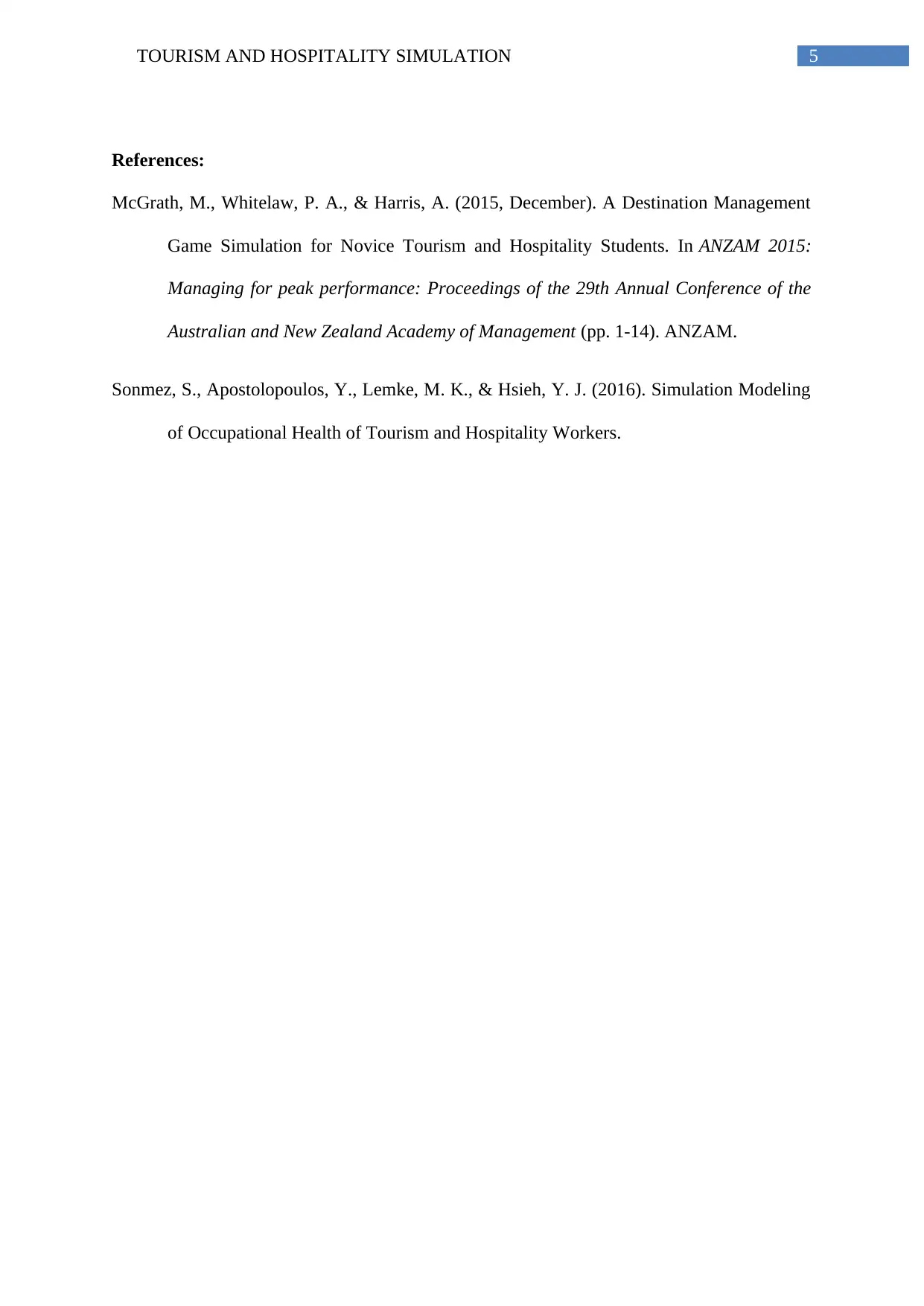

![[object Object]](/_next/static/media/star-bottom.7253800d.svg)